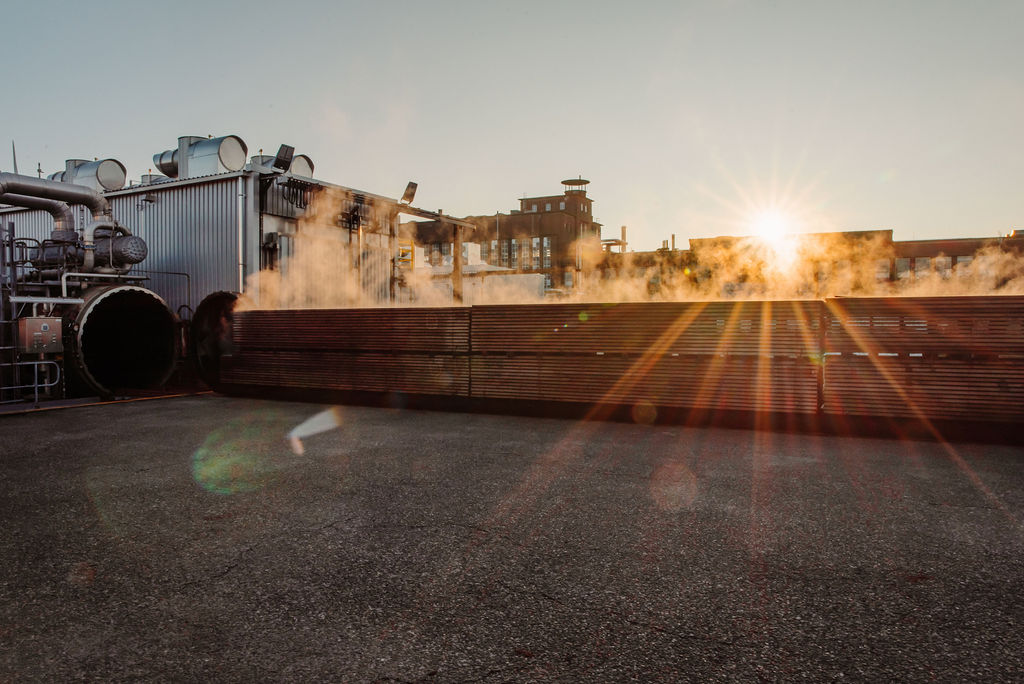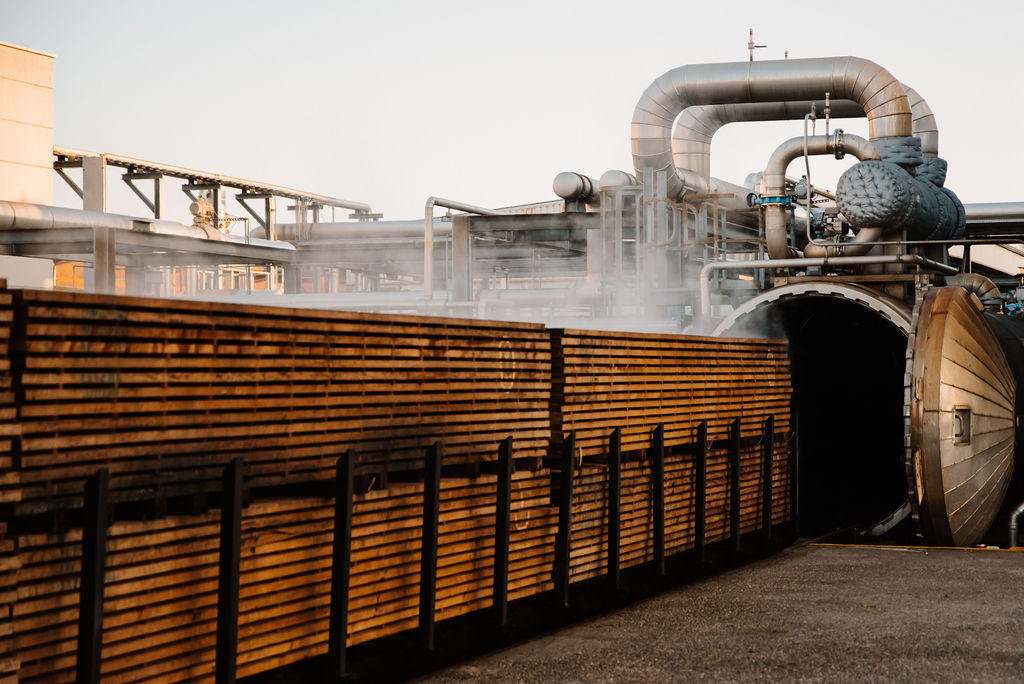In nature, every material has an adversary — and for wood, it’s fungi and bacteria. These organisms break down wood over time, reducing its strength and shortening its lifespan.
The resistance of untreated wood to fungi and bacteria is indicated by a durability class, ranging from 1 to 5, as defined in NEN-EN-350. Wood with durability class 1 is very durable and has an expected lifespan of 25 years or more. Durability class 5 is assigned to non-durable wood that lasts up to 5 years.
The five categories with examples of the durability class of various wood species:
| Class 1 | Lifespan 25 years or more | Among others, teak, ipé, Platowood |
| Class 2 | Lifespan 15-25 years | Among others, oak, bankirai |
| Class 3 | Lifespan 10-15 years | Among others, douglas, larch |
| Class 4 | Lifespan 5-10 years | Among others, pine, spruce |
| Class 5 | Lifespan up to 5 years | Among others, birch, beech |
Modifying wood — The Platowood Way
Wood modification improves the wood's properties — primarily by extending its lifespan and improving its durability class. Platowood does this using only water and heat through a unique, three-step process:
Boiling → Drying → Baking. This patented method is called platonizing, also known as hydro-thermal modification.
Wood naturally contains sugars, which are attractive to fungi. The platonizing process breaks down these sugars and strengthens the wood’s cellular structure, resulting in rot-resistant wood. With no food source left, fungi can no longer establish themselves.
But there’s more — this process also prevents the wood from becoming brittle. The result is a dimensionally stable and resilient material, suitable for interior and exterior use in any climate.

(Photo: platonizing)
Why Platowood avoids naturally durable hardwood
Hardwood — often harvested from slow-growing tropical trees — is naturally durable but environmentally impactful. These ancient trees are vital habitats for insects, birds, fungi, and mammals. On top of that, sourcing often requires long-distance transport from places like Indonesia.
Platowood chooses only fast-growing species with short natural lifespans from certified forests. We extend their usability through eco-friendly platonizing. This process gives the wood hardwood-like properties, but with a lower environmental footprint. The treated wood outlasts the regrowth time of new trees — enabling greater CO₂ storage over time.
What does the process do to Platowood’s durability?
Platowood offers three wood types: Platowood Fraké, Platowood Vuren and Platowood Populier. All three of these wood species have a natural durability class of 5 before modification. And what about after the platonising process? Platowood Vuren and Platowood Populier are certified as Durability Class 1. Platowood Fraké has a durability class of 1–2.
What you can do to extend wood lifespan
Nature isn’t the only factor — how we treat the wood also matters. The biggest enemy? Trapped moisture.
That’s why proper installation that allows ventilation is essential. Wood can get wet — but must be allowed to dry. Additionally, annual maintenance and cleaning are key to preventing long-term moisture exposure and decay. By combining fast-growing wood species with an eco-conscious, patented modification method, Platowood delivers high-performance, sustainable products — built to last for decades.
